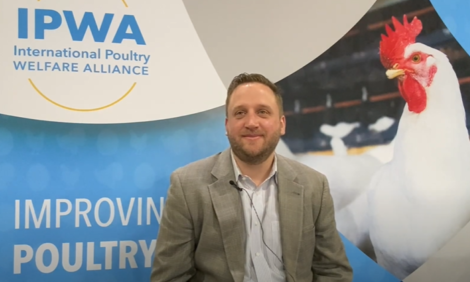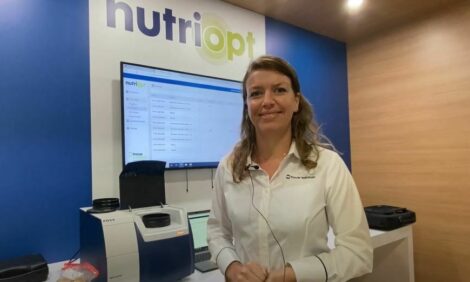



IPPE: Arm & Hammer watchful for emerging diseases, creating solutions
Arm & Hammer is monitoring for diversity of existing pathogens and emerging diseasesPart of Series:
< Previous Article in Series Next Article in Series >
Emerging diseases are critical to watch in any segment of animal production, but poultry production has its unique challenges. Arm & Hammer Food & Animal Production constantly monitors for disease and checks for the diversity of pathogens. Xandra Smith is the Director of Innovation and shared an overview of Arm & Hammer’s work with The Poultry Site’s Sarah Mikesell during IPPE 2022.
“We’re always working with the poultry producers and getting samples in all the time. We tend to look for things like APEC, or avian pathogenic E. coli and clostridial perfringens,” said Smith. “But, as we’re getting the samples in, we’re also looking for other diseases that are coming up. So, as people are taking antibiotics out of the diet, we’ve got emerging and re-emerging diseases. For example, right now we’re looking in turkeys into Streptococcus gallolyticus. As these guts are coming in, we’re isolating not only the APEC and clostridium, but also the streptococcus. We’re also looking for the other organisms, as well, so we can see trends and what diseases are emerging.”
Smith said the first thing they do is to look at the diversity of these pathogens across the industry and if they’re seeing the same strains at different locations. If they see different strains, they dig into their library of bacillus organism to determine which of them can inhibit the pathogens they’re discovering on the farms. Next, they deliver the information to peers and producers.
“A lot of our researchers go out to the conferences where they present posters and presentations and they’ll show some of the data,” said Smith. “Then our sales team takes this information back to the producers and says, ‘This is what we’re seeing on the farms. And these are the solutions we can provide to target these pathogens.’ We want to try and reduce the prevalence and levels of the pathogens on the farm, especially in the houses and complexes where they’re having the issues.”
Now is not the time for complacency. Smith said more issues are on the way.
“Necrotic enteritis has been coming up quite a lot as people have been taking antibiotics out of the diets,” she said. “That’s why we’ve been looking at clostridium perfringens and we’re looking specifically at the type G clostridium perfringens with an NetAB toxin. The other thing that we’re noticing too, is streptococcus gallolyticus in turkey systems, specifically. We’re also taking a closer look at salmonella and campylobacter more for the food safety aspect of the business.”
Some diseases have a correlation with ongoing antibiotic use or the lack of use.
“With necrotic enteritis, we know there’s a correlation with antibiotic usage in the prevalence of necrotic enteritis,” said Smith. “Some other disease we’re seeing is like gangrenous dermatitis which is seasonal, but I feel like we are seeing more of that than we were previously. In layers, we’re also looking at focal duodenal necrosis and that we believe is a clostridial organism, but we’re looking to see what other organisms are in the gut of those birds suffering from FDN, or focal duodenal necrosis.”
Smith said Arm & Hammer will continue to look at broilers, layers and turkeys throughout the industry.















